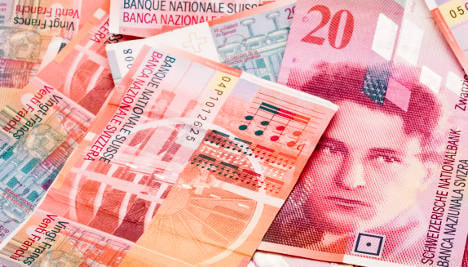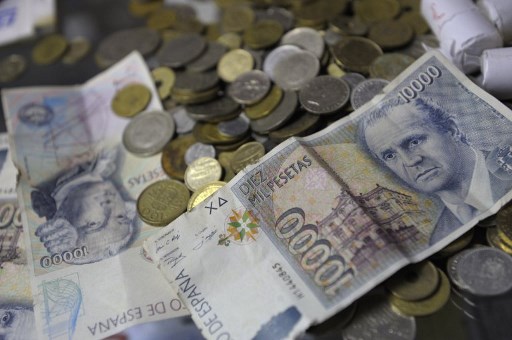Swiss central bankers’ decision to set a minimum price for the franc at €1.20 on Tuesday was seen as an act of desperation by investors who in the afternoon began buying Norwegian kroner. The franc fell instantly by 7.7 percent to arrive at that minimum, while the euro slumped further against the Norwegian currency.
With the euro and dollar laden with debt, investors had flocked to the franc and swelled its value, forcing the Swiss to take dramatic action.
“Where will all this safe-haven money go now,” Erica Blomgren of SEB bank asked business newspaper Dagens Næringsliv.
With the Swiss poised to print francs to ease upward pressure on their currency, Norwegian industry readied for the worst.
“The (Norges Bank) boss now has to sit as still as a mouse,” organized labour leader Knut E. Sunde told online paper E24.no.
Norway’s capital-intensive heavy industry — dominated by shipbuilding and suppliers to offshore oil and gas — is heavily dependent on Asian, Brazilian, US and European buyers being able to buy goods made by pricy Norwegian labour. Companies like Aker Solutions and Statkraft are paid in the slumping euro and pay cost in the strengthening krone.
“We hope and believe this is just an overreaction after Swiss authorities acted on the country’s currency which has risen 25 percent this year,” said Sunde.
The falling euro-krone rate has gouged profits for Norwegian companies accustomed to over eight kroner per euro. Tuesday’s currency surge was the fastest on record.
While much was made of the investor buy-up of kroner, bank economists weighed in with reassuring remarks on how unsuitable the krone was as an investor currency. Unlike the prolific franc, too few kroner were in circulation to affect money markets.
Still, for Norwegian industry, the threat is real. Their competitors can still sell their capital goods and pay salaries in US, dollars, euro or Asian currencies.
With jobs in industry, tourism and the fishery at stake, Sunde warned the country’s bank managers to quit toying with the idea of raising rates.
“We can’t have an aggressive interest-rate policy in comparison to our most important trading partners,” he said.



 Please whitelist us to continue reading.
Please whitelist us to continue reading.
Member comments